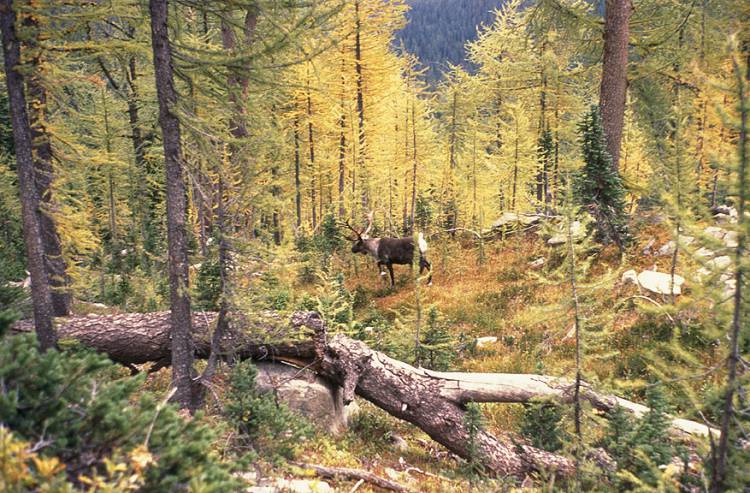It’s been an exciting month for nature in British Columbia, with major conservation news that we hope will go a long way to protecting clean water, connected landscapes and safeguarding healthy wildlife populations.
$1 billion for nature conservation
On November 3, the Tripartite Nature Agreement was signed between Canada, B.C. and the First Nations Leadership Council, outlining a shared commitment to nature conservation in B.C.
The agreement is the first of its kind in Canada and comes with an historic $1 billion commitment to nature conservation. While Nova Scotia, Quebec and the Yukon have all signed bilateral nature agreements between the provincial and federal governments, B.C.’s is the first to centre Indigenous leadership, knowledge and action. Signed by the First Nations Summit, Assembly of First Nations and Union of BC Indian Chiefs, the agreement outlines a collective commitment to protecting, restoring and enhancing 30 percent of B.C.’s lands and waters by 2030 through Indigenous-led conservation. Species at risk recovery, old growth protection and wildlife habitat restoration are all highlighted as key goals of the agreement.
The 30 percent target was announced at COP15 last year under the Kunming-Montreal Biodiversity Framework, with 196 countries joining the global conservation commitment. This target represents the minimum amount of protected land and waters needed to allow nature to adapt to climate change and maintain our diverse web of life, according to the Intergovernmental Panel on Climate Change and the International Union for the Conservation of Nature.

While B.C. is rich in biodiversity, it also means there is much more at stake if we don’t take action. There are more than 1,950 species here currently at risk of extinction — more than in any other province. The new Nature Conservation Agreement outlines a framework for how Ottawa and Victoria will address this threat through collaborative decision making with Indigenous leadership.
Globally, wildlife populations have plummeted nearly 70 percent in the last 50 years. Across Canada, habitat loss and fragmentation, industrial pressure, and climate change are all impacting wildlife populations. The Kootenay region is no different. We are witnessing historic declines in wildlife populations. Seven local mountain caribou herds have gone locally extinct in the last 10 years due to habitat loss. Rocky Mountain bighorn sheep and mountain goats have experienced significant declines in their numbers and songbird populations are in free fall. This agreement could signal a turning point for our region. With less than 18 percent of our region protected, we are a long way from adequately safeguarding its health for future generations. Scientists estimate that the current rate of extinction is 100 to 1,000 times the natural background rate of extinction.
The Columbia Basin boasts incredible biodiversity, from grasslands to the Inland Temperate Rainforest and is globally significant for wildlife. Qat’muk, in the Jumbo Valley, was the region’s first Indigenous Protected and Conserved Area, created in 2019.
The Tripartite Nature Agreement is a strong commitment from all governments for nature conservation at the scale needed to combat climate change and halt and reverse biodiversity loss. It is a giant step forward in the much needed fundamental paradigm shift towards greater Indigenous-led conservation that makes space for nature and supports all living things.
Critically, the framework outlines clear goals against which progress can be tracked and provides mechanisms for conservation financing. Conservation financing is a core tool that will support new conservation initiatives such as Indigenous Protected and Conserved Areas, capacity building for First Nations, stewardship and guardian programs, and support for low-carbon economic opportunities. The priority objectives it highlights are: habitat and ecosystem conservation and protection; habitat enhancement and restoration; species at-risk protection and recovery; and foundational knowledge and information sharing.

Immediate interim actions needed
And while we are celebrating this historic announcement, it is imperative that we take immediate, interim measures to stop biodiversity loss now before it’s too late. We have a giant opportunity to restore and protect wildlife, clean water and intact landscapes that make this region such an incredible place, but we are at risk of losing what we are trying to protect if we don’t take immediate action. The government has made many incredible commitments, but they need to implement immediate interim measures before we lose what we are working to protect.







